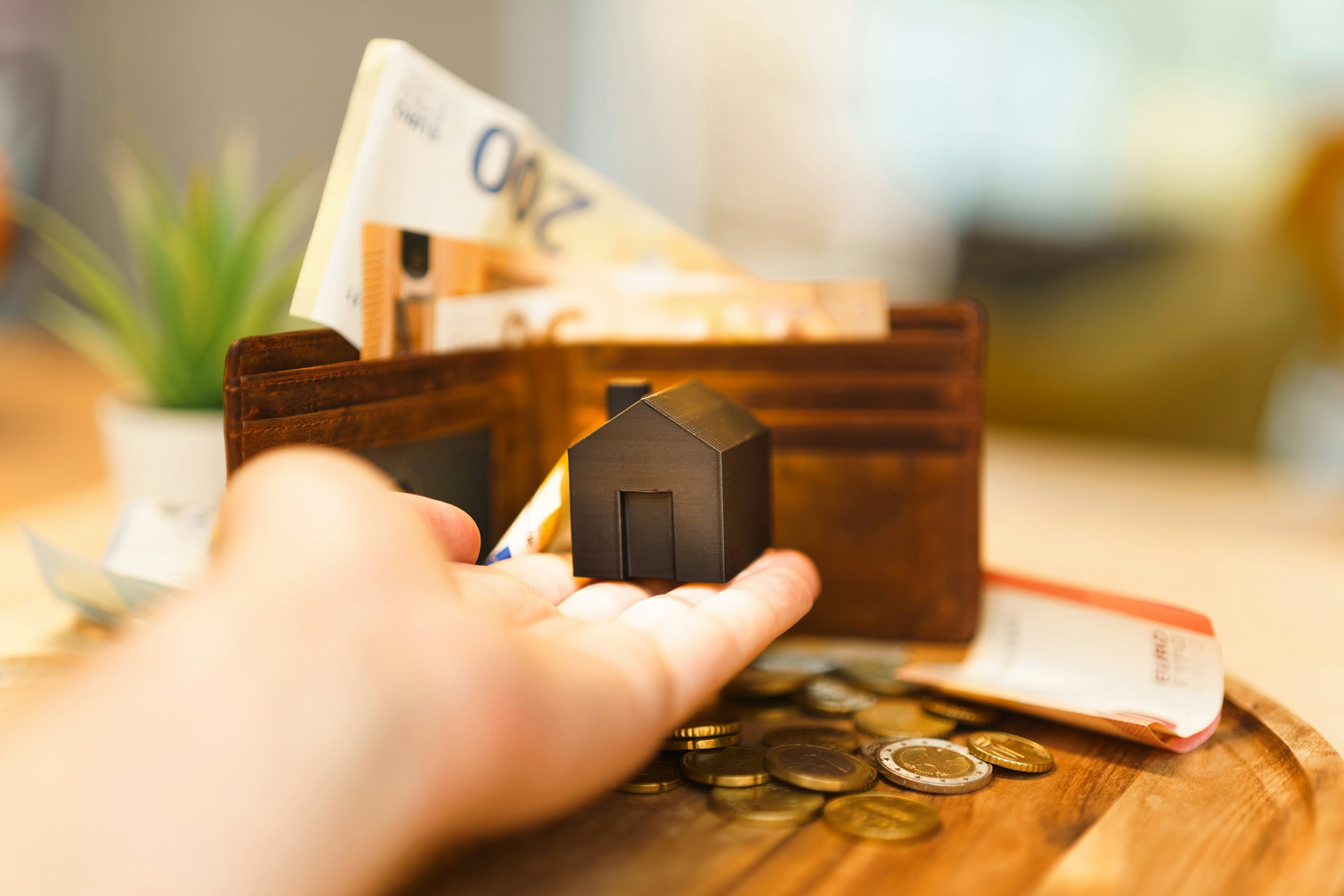Smart Building Technology That Reduces Costs and Increases ROI

In today’s competitive commercial real estate market, building owners and property managers face increasing pressure to maximize efficiency, reduce operating costs, and deliver superior experiences to tenants. One of the most effective solutions for achieving these objectives is smart building technology. By leveraging advanced automation, data analytics, and connected systems, smart buildings optimize operations, reduce expenses, and drive higher returns on investment.
This comprehensive guide explores how smart building technology reduces costs, enhances tenant satisfaction, and improves net operating income (NOI), offering actionable strategies for property owners and managers seeking long-term financial gains.
What Is Smart Building Technology?
Smart building technology refers to the integration of connected devices, sensors, and software platforms that automate and optimize building operations. These technologies allow property managers to monitor, control, and improve various building systems, including heating, ventilation, air conditioning (HVAC), lighting, security, and energy management.
At its core, a smart building uses data to make operations more efficient. IoT sensors detect real-time conditions such as occupancy, temperature, and energy consumption. Automated systems then adjust operations based on these insights. For example, lights can turn off automatically when rooms are empty, or HVAC systems can adjust temperature based on usage patterns.
Key Components of Smart Building Technology
The modern smart building ecosystem typically includes:
- IoT Sensors: Detect occupancy, temperature, humidity, and air quality to optimize comfort and efficiency.
- Automated HVAC Systems: Adjust heating and cooling based on occupancy and weather patterns.
- Smart Lighting: Reduce energy consumption by dimming or turning off lights when spaces are unoccupied.
- Predictive Maintenance Software: Analyze equipment performance to prevent costly breakdowns.
- Energy Management Platforms: Track energy usage, identify inefficiencies, and suggest optimization strategies.
- Integrated Building Management Systems (BMS): Consolidate data from multiple systems into a single platform for actionable insights.
Smart building technology is no longer an optional upgrade. It is increasingly a strategic requirement for properties seeking to remain competitive and profitable in the commercial real estate market.
How Smart Building Technology Reduces Operational Costs
Reducing operational costs is one of the most immediate and measurable benefits of smart building technology. By automating energy-intensive processes, optimizing equipment performance, and preventing system failures, property owners can realize substantial cost savings.
Energy Efficiency and Lower Utility Bills
Energy consumption accounts for a significant portion of a building’s operating expenses. Traditional systems often run continuously, wasting energy when spaces are unoccupied or overcooling areas unnecessarily. Smart building technology addresses this problem through automated controls and real-time monitoring.
Occupancy sensors, for example, can turn off lighting or adjust HVAC systems when rooms are empty. Advanced energy management platforms analyze historical usage patterns, weather data, and occupancy trends to optimize energy consumption. Some systems even employ AI algorithms that predict energy demand, reducing unnecessary usage and costs.
According to industry research, implementing smart energy solutions can reduce energy costs by 20 to 30 percent, directly improving net operating income. In large commercial or multifamily properties, these savings can translate into tens of thousands of dollars annually, providing a strong financial justification for investment in smart building technology.
Predictive Maintenance Reduces Repair Costs
Unexpected equipment failures are costly. Traditional maintenance strategies rely on scheduled inspections or reactive repairs, which can result in emergency costs and downtime. Smart building technology introduces predictive maintenance, which uses real-time data to monitor equipment health.
Sensors track performance metrics such as vibration, temperature, and pressure to detect early signs of wear or malfunction. This allows maintenance teams to address potential issues before they escalate into costly repairs or equipment replacements.
By minimizing emergency repairs and extending the lifespan of critical systems like HVAC, elevators, and plumbing, predictive maintenance reduces overall maintenance costs. Buildings with predictive maintenance capabilities also experience fewer disruptions, contributing to a more stable operating environment and increased tenant satisfaction.
Increasing ROI Through Enhanced Tenant Experience
Reducing costs is only part of the equation. Smart building technology also enhances tenant satisfaction, which drives higher occupancy, longer leases, and increased revenue. In today’s competitive market, tenants expect convenience, comfort, and sustainability from the buildings they occupy.
Comfort and Convenience
Smart buildings provide customizable environments that adapt to tenant needs. Smart thermostats allow tenants to adjust temperatures remotely or schedule climate preferences based on daily routines. Automated lighting and shading systems improve comfort while conserving energy. Security features such as keyless entry and real-time alerts enhance safety and convenience.
These improvements create a superior tenant experience, increasing retention and reducing turnover. Long-term tenants reduce vacancy rates, stabilize cash flow, and improve net operating income, directly contributing to ROI.
Sustainability and Market Appeal
Energy-efficient systems and sustainable building practices appeal to environmentally conscious tenants and investors. Buildings equipped with smart technology often qualify for green certifications such as LEED or Energy Star, increasing marketability and rental value.
Sustainability also reduces long-term operating costs and aligns with corporate social responsibility objectives. By promoting energy efficiency, water conservation, and environmentally friendly operations, smart buildings can attract higher-quality tenants and justify premium rental rates.
Data-Driven Decision Making for Smarter Management
One of the most valuable benefits of smart building technology is the ability to collect and analyze data. Sensors, meters, and connected systems provide a continuous stream of actionable insights that enable property managers to make informed decisions.
Operational Optimization
Data analytics allow managers to identify inefficiencies and optimize operations. For example, energy usage reports may reveal patterns of excessive consumption, prompting adjustments to HVAC schedules or lighting controls. Occupancy data can inform space planning, enabling better utilization of underused areas or reconfiguration of common spaces to meet tenant needs.
Strategic Investment Planning
Analyzing long-term trends supports strategic decision-making. Predictive analytics can help managers forecast equipment replacement needs, plan capital improvements, and allocate resources more effectively. By basing decisions on real-time data, property managers can reduce risk and maximize the financial performance of the building.
Data-driven insights also support sustainability initiatives and regulatory compliance. Buildings with measurable performance improvements are more attractive to investors and buyers, further enhancing ROI.
Steps to Implement Smart Building Technology
Successfully adopting smart building technology requires a structured approach. Property owners and managers should consider the following steps:
- Assess Existing Infrastructure: Conduct a thorough evaluation of current systems, identifying areas for improvement and potential cost savings.
- Define Clear Goals: Determine objectives such as energy cost reduction, tenant satisfaction, or improved ROI.
- Select Appropriate Technology: Choose smart systems that integrate seamlessly with existing infrastructure and are scalable for future growth.
- Train Staff: Ensure property managers, maintenance teams, and tenants understand how to use smart systems effectively.
- Monitor Performance: Continuously analyze data to optimize operations, identify inefficiencies, and make informed decisions.
Partnering with experienced technology providers can streamline implementation, reduce risk, and ensure measurable results.
Case Studies and Real-World Examples
Many commercial and multifamily properties have successfully implemented smart building technology to reduce costs and increase ROI.
- Commercial Office Tower: A 20-story office building integrated smart HVAC and lighting systems with predictive maintenance software. Energy consumption decreased by 25 percent, maintenance costs dropped 15 percent, and tenant satisfaction scores improved by 20 percent.
- Multifamily Property: A 150-unit apartment complex installed smart thermostats, water monitoring systems, and occupancy sensors. Energy bills fell by 22 percent, and vacancy rates declined due to enhanced tenant comfort.
- Mixed-Use Development: A combination of retail, office, and residential spaces implemented a comprehensive building management system. Real-time analytics allowed managers to optimize energy use, prevent equipment failures, and increase NOI by 18 percent within two years.
These examples illustrate that investing in smart building technology not only reduces costs but also drives measurable improvements in financial performance and tenant satisfaction.
The Long-Term Financial Benefits of Smart Buildings
Investing in smart building technology delivers both immediate and long-term financial benefits. Reduced energy costs, lower maintenance expenses, improved tenant retention, and enhanced marketability all contribute to higher NOI and overall ROI.
Studies indicate that commercial buildings adopting smart technology can achieve payback periods of just a few years. After the initial investment, ongoing savings and revenue gains continue to accumulate, providing a sustainable financial advantage. Additionally, smart buildings that prioritize efficiency and sustainability are increasingly attractive to investors, further enhancing property value.
Conclusion
Smart building technology represents a transformative opportunity for property owners and managers. By integrating intelligent systems that optimize energy usage, enable predictive maintenance, and enhance tenant experiences, smart buildings reduce operating costs and maximize ROI.
The adoption of smart building technology is no longer a luxury; it is a strategic imperative. Buildings that leverage advanced automation, IoT devices, and data-driven insights not only improve operational efficiency but also attract high-quality tenants and investors.
For property owners seeking to future-proof their investments, increase profitability, and stay ahead in a competitive market, smart building technology provides a clear and measurable path to success. By embracing these innovations today, owners can achieve long-term cost reductions, higher net operating income, and sustainable financial growth.


